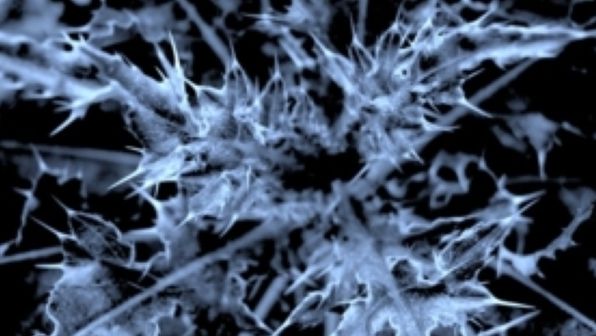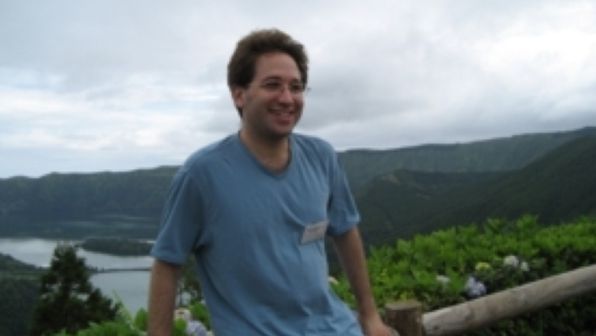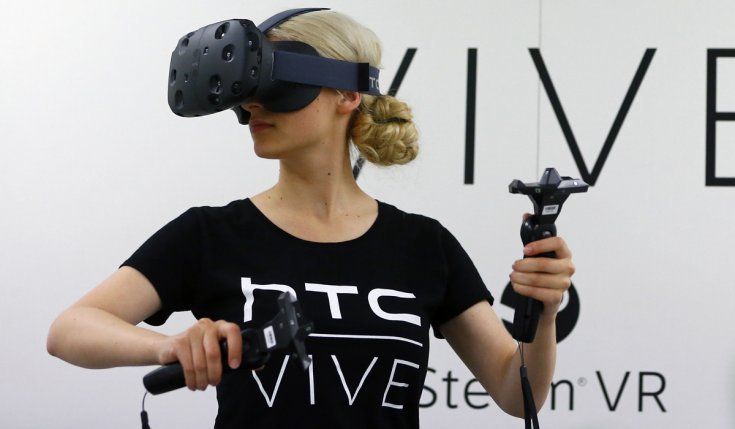When nature knows best.
Nice
Some 42 years ago, renowned theoretical physicist Stephen Hawking proposed that not everything that comes in contact with a black hole succumbs to its unfathomable nothingness.
Tiny particles of light (photons) are sometimes ejected back out, robbing the black hole of an infinitesimal amount of energy, and this gradual loss of mass over time means every black hole eventually evaporates out of existence.
Known as Hawking radiation, these escaping particles help us make sense of one of the greatest enigmas in the known Universe, but after more than four decades, no one’s been able to actually prove they exist, and Hawking’s proposal remained firmly in hypothesis territory.
In quantum gravity, classical physics and quantum mechanics are at odds: scientists are still uncertain how to reconcile the quantum “granularity” of space-time at the Planck scale with the theory of special relativity. In their attempts to identify possible tests of the physics associated with this difficult union, the most commonly studied scenario is the one that implies violations of “Lorentz invariance”, the principle underlying special relativity. However, there may be another approach: to salvage special relativity and to reconcile it with granularity by introducing small-scale deviations from the principle of locality. A recent theoretical study just published in Physical Review Letters and led by the International School for Advanced Studies (SISSA) in Trieste has analysed such a model demonstrating that it can be experimentally tested with great precision. The team is already collaborating on developing an experiment, which will take place at the LENS (European Laboratory for Non-linear Spectroscopy) in Florence, some members of which have also taken part in the theoretical study.
Our experience of space-time is that of a continuous object, without gaps or discontinuities, just as it is described by classical physics. For some quantum gravity models however, the texture of space-time is “granular” at tiny scales (below the so-called Planck scale, 10–33 cm), as if it were a variable mesh of solids and voids (or a complex foam). One of the great problems of physics today is to understand the passage from a continuous to a discrete description of spacetime: is there an abrupt change or is there gradual transition? Where does the change occur?
The separation between one world and the other creates problems for physicists: for example, how can we describe gravity – explained so well by classical physics – according to quantum mechanics? Quantum gravity is in fact a field of study in which no consolidated and shared theories exist as yet. There are, however, “scenarios”, which offer possible interpretations of quantum gravity subject to different constraints, and which await experimental confirmation or confutation.
Can Starshot Work?
Posted in space travel
The longer you gaze at this depiction of the hidden architecture of the universe, the more you can’t help but notice how similar it looks to neurons communicating with each other in the human brain.
3D interactive visualization lets users explore the vast, hidden structure of the universe.
By Amanda Montañez on April 14, 2016.
Lesson in Vitamin D.
Low levels of vitamin D in black teens correlates with low activity of a major mechanism for controlling gene expression that may increase their risk of cancer and other disease, researchers report.
Their study measured vitamin D levels as well as levels of global DNA methylation in 454 healthy individuals age 14–18. In this group, 99 percent of the white teens had adequate vitamin D levels, 66 percent of the black teens were vitamin D-deficient and all the black teens had lower levels of methylation compared to their white peers, said Dr. Haidong Zhu, molecular geneticist at the Georgia Prevention Institute at the Medical College of Georgia at Augusta University.
When they looked at another group of 58 young black individuals also with low vitamin D and methylation levels who received varying doses of vitamin D supplements for 16 weeks, they found a dose response: the more vitamin D received, the higher the methylation activity, said Zhu, corresponding author of the study in the journal PLOS ONE.
After today’s news from India about HPV; I did some research online about Cold Sores and HPV possible tie and came across the following article that seems to highlight a possible tie. Granted more research is needed; however, one doctor seems to believe there is a tie.
Sister Mary Ryan thought she had a simple, but painful, canker sore in her mouth that would not heal when she went to her dentist in 1998.
She was surprised to find out it was a cancerous tumor under her tongue, and even more surprised at how quickly it had developed.
Having just been to the dentist that January, she had no idea when she returned for an appointment in May that an oral surgeon would be called in immediately to examine her mouth.
“HTC is launching a $100 million accelerator program for startups that want to use its VR technology. The program, called Vive X, will launch in Beijing, Taipei, and San Francisco, with the possibility of expanding to more cities over time.”









